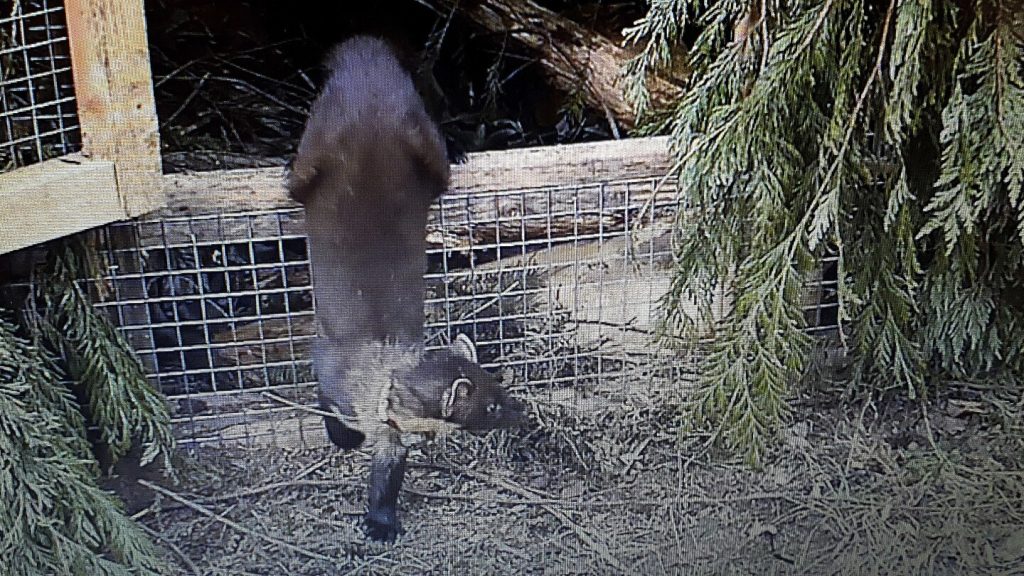The pine martens released into the wild in southern England are part of a conservation effort to reestablish the population of these cat-sized mammals in the region, where they have been extinct for over a century. Loss of woodland habitat, hunting, and trapping for their pelts contributed to their disappearance in South West England. The 15 pine martens, sourced from wild populations in Scotland, were transported to secluded woodland locations in Dartmoor in September. They underwent a three-day acclimatization process before being released into their new homes. Each pine marten was fitted with a radio collar to track their movements, with more releases planned for next year in the hopes of growing the population gradually.
Experts believe that the pine martens, as native predators, can play a vital role in restoring woodland ecosystems that have been disrupted by human activities. Ed Parr Ferris, conservation manager at Devon Wildlife Trust, emphasized the unique adaptations of pine martens that make them well-suited for life in the woodland night. Their strong claws, lithe bodies, fantastic hearing, and reversible rear ankles enable them to navigate trees with ease. By helping the pine martens return to their former homes in the South West, conservationists also aim to bring back the natural balance of wildlife to the woodlands in the region.
The release of pine martens in southern England marks an important step in conservation efforts to reintroduce species that have been locally extinct for decades. The Devon Wildlife Trust’s initiative is a collaboration between conservationists, volunteers, and experts working towards the reestablishment of the pine marten population in the region. With the transportation of eight adult females and seven males from Scotland to Dartmoor, the project aims to create a sustainable population that will thrive in the wooded areas of South West England, contributing to the overall biodiversity and ecological health of the region.
As part of the conservation program, the pine martens released into the wild were carefully monitored through radio collars to track their movements and behavior in their new environment. This data collection will provide valuable insights into the adaptation and integration of the reintroduced pine martens into their surroundings. By studying how these mammals navigate the woodland, hunt for food, and interact with other species, conservationists can better understand the impact of their presence on the local ecosystem and make informed decisions to support their reintroduction and long-term survival in the region.
The reestablishment of pine martens in southern England highlights the importance of habitat conservation and restoration efforts in preserving biodiversity and protecting endangered species. By addressing the factors that led to the decline of pine martens, such as habitat loss and hunting, conservationists aim to create a conducive environment for these mammals to thrive once again. Through community engagement, research, and ongoing monitoring, the conservation project seeks to ensure the success of the pine marten reintroduction and foster a harmonious coexistence between wildlife and humans in the woodlands of the South West. With continued support and partnership, the future looks promising for the return of pine martens to their former homes in the region.


